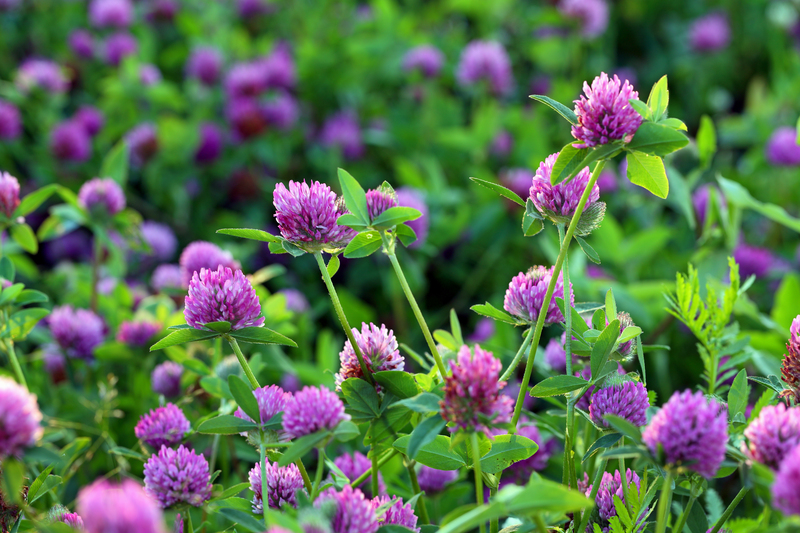What's Your Agronomic Zone?
Posted on 09/04/2025
Understanding your agronomic zone is essential for effective farming, gardening, and landscaping. The agronomic zone, also known as the planting zone or hardiness zone, helps determine the types of plants that will thrive in a specific geographical area. This article will dive into what agronomic zones are, how they are determined, and how knowing your zone can benefit you.
What is an Agronomic Zone?
An agronomic zone is a region defined by its climate and soil conditions, which influence the types of vegetation suited for growth there. These zones are crucial for farmers, gardeners, and landscapers who need to know what plants will grow best in their areas. Typically, agronomic zones are categorized by temperature ranges, particularly the minimum temperatures a region experiences in winter.

How Are Agronomic Zones Determined?
Agronomic zones are primarily determined based on climatic conditions, mainly temperature and precipitation patterns. Here's how these factors impact the categorization:
1. Temperature: Minimum winter temperatures are often the key factors, as they determine whether a plant can survive the cold season.
2. Precipitation: The amount and distribution of rainfall significantly impact soil moisture and plant hydration.
3. Elevation: Higher elevations generally have cooler temperatures, affecting the kind of plants that can thrive.
4. Soil Type: The composition of the soil--whether it's clay, sandy, loamy--also plays a role, influencing water retention and nutrient availability.
Why Knowing Your Agronomic Zone Matters
Understanding your agronomic zone can provide several advantages:
1. Optimal Planting: By knowing your zone, you can select plants that are more likely to thrive in your climate, thereby saving time and resources.
2. Efficient Resource Use: Correct plant selection means more efficient use of water, fertilizers, and other resources.
3. Reduced Risks: Plants suited to your zone have a better chance of withstanding local pests, diseases, and weather extremes.
Pros and Cons
- Pros:
- Enhanced Growth: Plants will be more likely to thrive, leading to healthier crops and gardens.
- Cost-Effective: You'll save money on failed plantings and unnecessary resources.
- Environmental Benefits: Better plant health contributes to a balanced ecosystem.
- Cons:
- Limitations: You may have fewer plant options available.
- Updates Required: Climate change may shift zone boundaries, requiring updates to your knowledge.
- Complexity: Learning about and keeping track of zone details can be complex and time-consuming.
Tips for Identifying Your Agronomic Zone
1. Use Online Tools: Many websites provide interactive maps to easily identify your zone based on your ZIP code or address.
2. Consult Local Experts: Agriculture extension offices and local nurseries can provide invaluable local knowledge.
3. Observe Your Environment: Note the plants that naturally thrive in your area; they are perfect indicators of your agronomic zone.

Takeaways
Understanding your agronomic zone is fundamental for successful planting and farming. It involves knowing your region's climatic and soil conditions to select the right plants for optimal growth. This knowledge not only helps in saving time and resources but also contributes to a healthier environment.
Conclusion
Determining your agronomic zone is a vital step in achieving success in agriculture, gardening, or landscaping. While it requires initial effort, it offers long-term benefits, including healthier plants, more efficient resource use, and cost savings. Take advantage of online tools and local expertise to identify your zone and make informed planting decisions.
To directly answer, knowing your agronomic zone involves understanding your region's minimum winter temperatures, precipitation patterns, elevation, and soil type to determine the best plants for your area.



